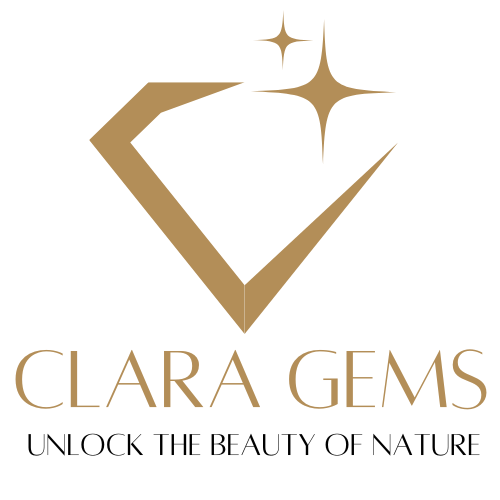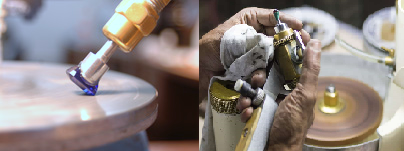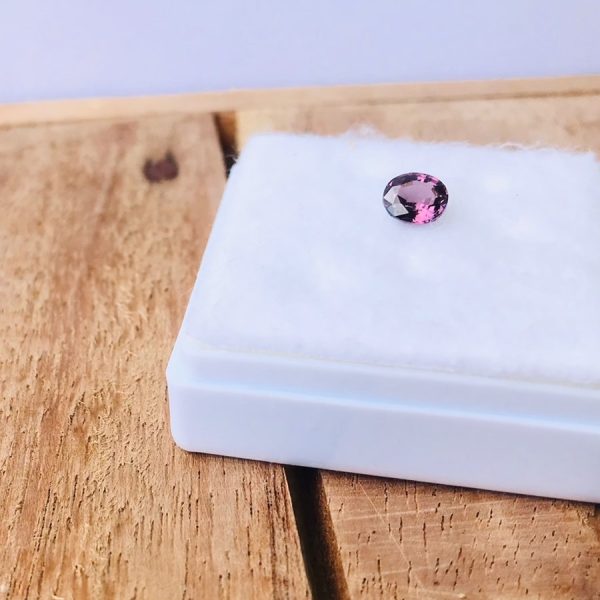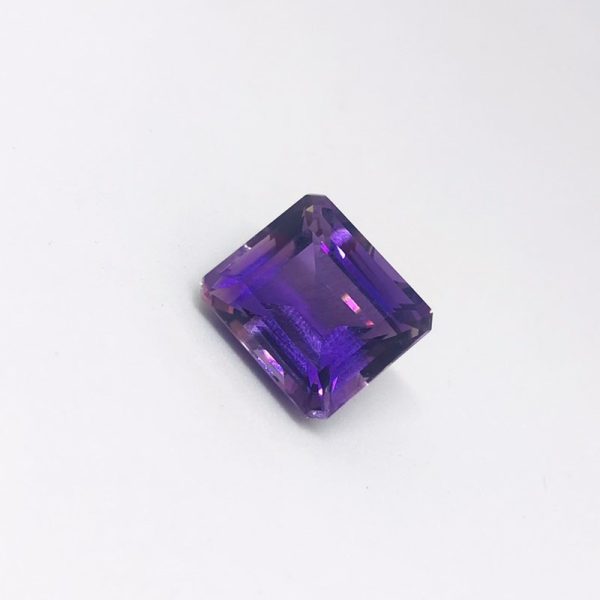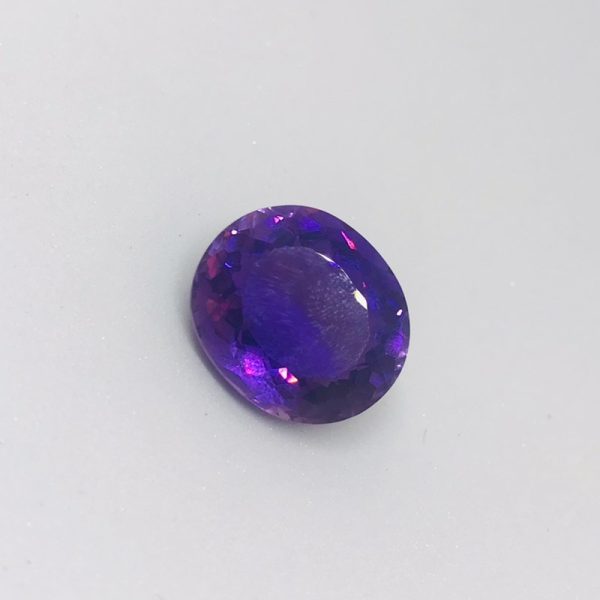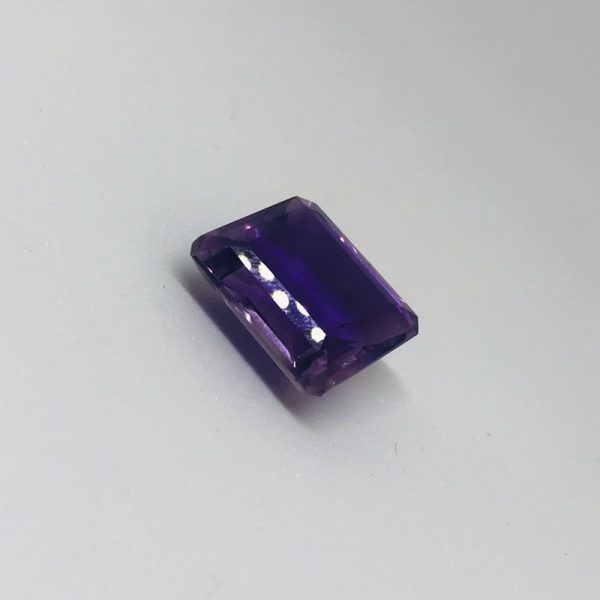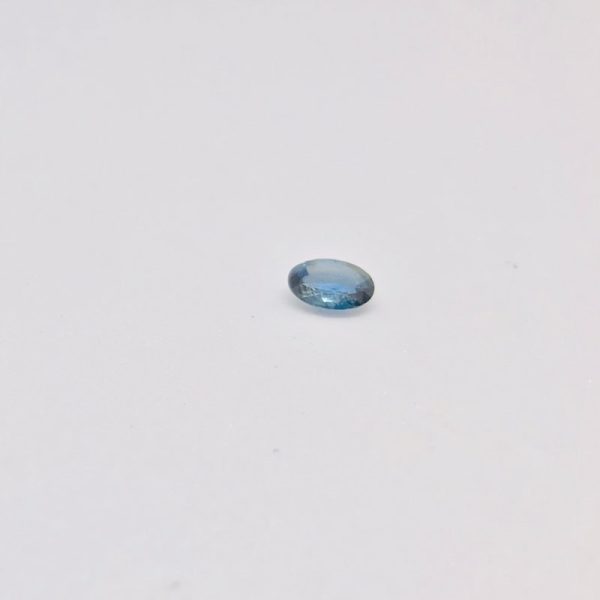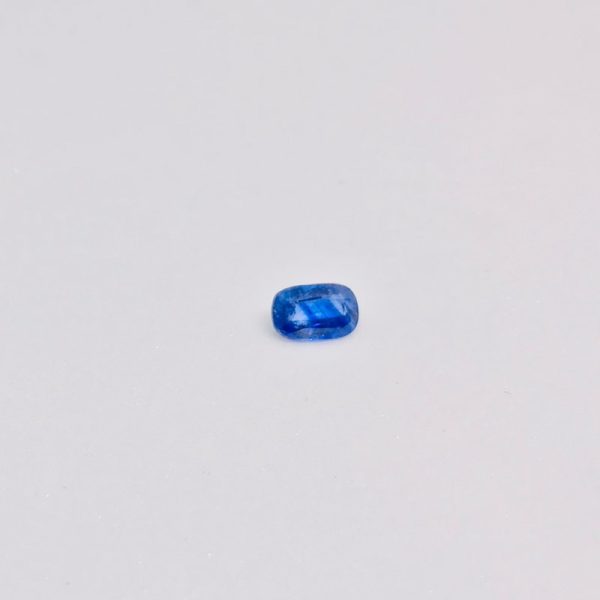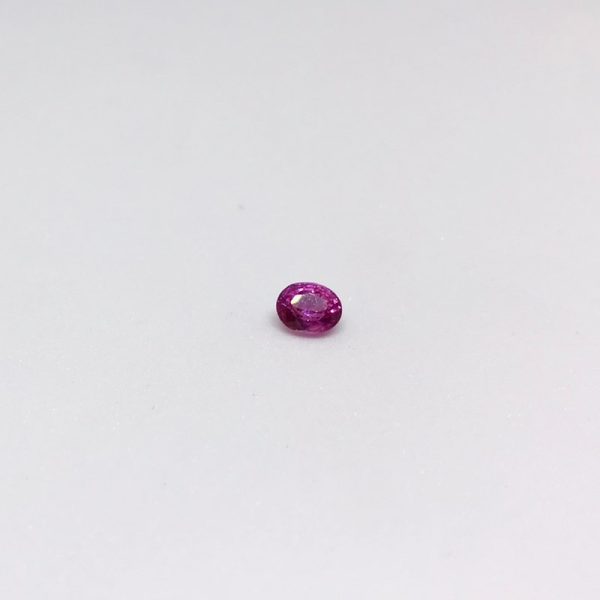The Evolution of Gemstone Cutting and Polishing Techniques: From Ancient Times to Modern Age
Gemstones have always held a special place in human history, revered for their beauty and mystical properties. Over time, people have developed different techniques to enhance the natural beauty of gemstones, making them even more valuable and prized. In this article, we will take a closer look at the evolution of cutting and polishing techniques for gemstones, from ancient times to the modern age.
The Early Days of Lapidary
The history of gemstone cutting and polishing can be traced back to ancient times. The early lapidaries used primitive tools such as flint knives, sandstone, and abrasive powders to shape gemstones. The techniques used were crude, and the results were often uneven and imperfect.
In ancient Egypt, lapidaries began to use copper and bronze tools, which allowed them to create more intricate designs and precise cuts. The Egyptians also developed the technique of inlaying gemstones into gold, creating stunning works of art that still inspire awe today.
The Birth of Faceting
Faceting, the process of cutting and polishing a gemstone to create multiple flat surfaces or facets, was born in Europe during the 14th century. The first faceted gemstone was a diamond, and the technique quickly spread to other precious gemstones such as sapphires and rubies.
During the Renaissance period, lapidaries began to experiment with different cutting styles, creating new and innovative designs. The rose cut, for example, was developed in the 16th century and features a flat base and a dome-shaped crown with triangular facets.
The Industrial Revolution
The invention of the steam engine and other technological advances during the Industrial Revolution changed the face of gemstone cutting and polishing forever. Machines were developed to replace the tedious and time-consuming manual labor required to shape and polish gemstones.
The invention of the bruting machine in the late 19th century revolutionized the diamond industry. This machine allowed lapidaries to create perfectly round diamonds, a feat that was previously impossible. The introduction of the motorized saw also made it easier to cut and shape gemstones, allowing lapidaries to work faster and more efficiently.
The Modern Age
Today, gemstone cutting and polishing is a highly specialized and technical profession. Lapidaries use a variety of tools and techniques to enhance the natural beauty of gemstones, including computerized design software and laser cutting technology.
One of the most significant developments in recent years is the use of CAD (Computer-Aided Design) software to create highly detailed and intricate designs. This technology allows lapidaries to create custom designs that were previously impossible, giving gemstone lovers more options than ever before.
Conclusion
From the primitive tools of ancient lapidaries to the high-tech equipment used by modern-day gem cutters, the evolution of gemstone cutting and polishing has been a fascinating journey. Today, lapidaries continue to push the boundaries of what is possible, creating gemstones that are more beautiful and valuable than ever before. The next time you admire a beautifully cut and polished gemstone, take a moment to appreciate the centuries of knowledge and innovation that went into creating it.
-
1.30Ct Oval Green Tourmaline Cut Natural Gem from Ceylon
$135.00 -
1.40Ct Natural Purple Spinel – Excellent Cut and Clarity from Sri Lanka (Ceylon)
$345.00 -
Amethyst 19.9Ct
$145.00 -
Amethyst 22.35Ct
$175.00 -
Amethyst 31.8Ct
$220.00 -
Blue shappire Natural 0.9Ct – Sri Lanka
$230.00 -
Ceylon Natural Blue Shappire 1.3Ct
$240.00 -
Ceylon Pink Sapphire 0.65Ct
$195.00 -
Ceylon Pink Sapphire 1.10Ct
$380.00
